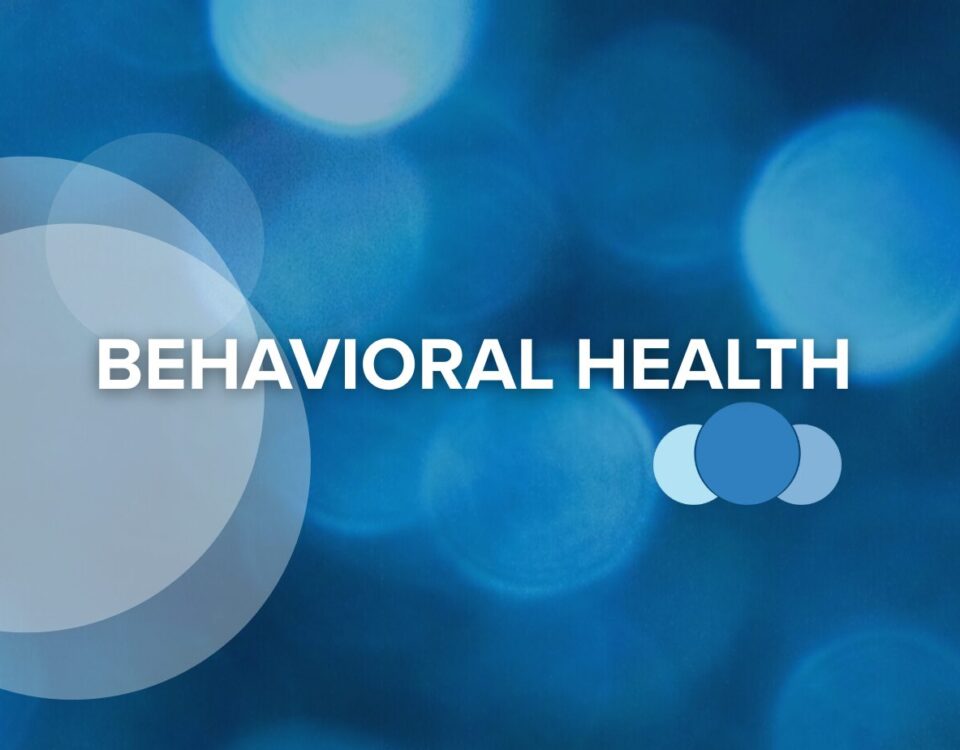
Restore Sponsors Braves New Spring Training Facility
January 30, 2019
The Evolution of Spine Care
April 4, 2019Advances in Neuromodulation: Finally an answer to stubborn chronic pain?

Over the past few decades, spinal cord stimulation or “SCS” technology has become increasingly relevant in the world of treating chronic pain. This medication-free approach holds great value to interventional pain management physicians seeking innovative ways to combat stubborn pain that has resisted other therapies. The treatments work by providing an extremely small electrical charge in the form of a wave that work to interrupt the body’s pain signals as they are transmitted back to the brain. This interruption of signals helps to reduce pain levels for long-lasting results. In the midst of the opioid crisis, this narcotic-free treatment strategy has been a holy grail for pain specialists across the country.
But for so long these SCS solutions have mimicked that aforementioned grail; failing to provide substance to the early claims of efficacy. In short, these implants left a lot to be desired. Many physicians have shied away from these treatments as they have failed to achieve the touted results.
Varying frequencies and wave forms have since been introduced by companies competing to prove their technology the most effective. New innovations in these wave forms are now changing the game in the world of neuromodulation and spinal cord stimulation. A recent Cleveland Clinic trial utilizing new SCS burst technology proved markedly more effective than previous implants, with over 66% of patients reporting consistent relief two years into the trial, besting older therapies which fell in the 35% range. “The new device improved pain and allowed the patients to better enjoy work, hobbies and other aspects of life,” stated Dr. Bolash, a pain specialist of the Cleveland Clinic.
Technological advances have also led to a surge of DRG or “dorsal root ganglion” stimulation, which is proving to be a highly effective treatment for notoriously difficult to treat conditions such as Complex Regional Pain Syndrome (CRPS). In similar trials at the Cleveland Clinic, new DRG tech proved effective in over 80% of patients, compared with around 50% for previous stimulation treatment options.
Improved battery technology has also been a boon for the effectiveness of SCS systems, as has wireless technology, which will increasingly allow patients to have more and more control over their treatment through their cell phones and other devices.
“This really does provide a new avenue for patients who have failed everything else for years. For the first time we are seeing positive and consistent results with spinal cord stimulators, and this is massively benefitting patients, especially those seeking a non-narcotic solution to their pain,” states Lindsey Job MD, CEO of Restore Medical Partners. “There is another option for patients, and that’s what this specialty is really all about.” The field of interventional pain management has a distance yet to travel, but these advances have been rapidly reshaping the specialty and providing patients and physicians alike increasingly effective tools to provide long lasting relief and functional improvement without the use of narcotic medications. Only time will tell what the next generation of SCS systems and other pain treatments will become available, but if the present is any indication, the future of pain care looks bright.



